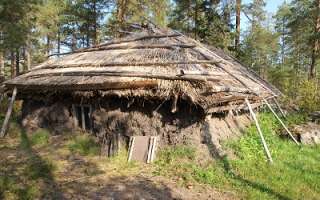Attractions
Search for interesting attractions by type and / or area or by keyword, end by pressing "Show results"
15 Search results, page 1/1
Clear filters-
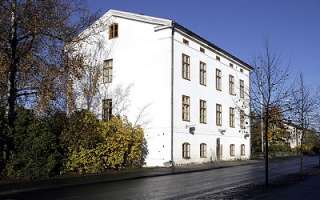
The Museum of Old Vaasa is located in the Wasastjerna House, in the city quarter known as Old Vaasa. You can learn about the history of Vaasa before the fire of 1852, which destroyed most of the city as it was then.
The museum’s ticket sales desk offers a small selection of cards, historically-themed museum shop items and books. The vaulted storage room on the ground floor functions as a café, Falander’s Cellar, which during the summer serves coffee, tea and soft drinks.
+358 40 482 9816
museoinfo@vaasa.fi
-
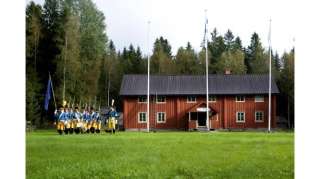
-
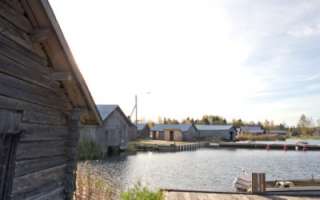
Harrström old fishing harbour, a Place full of life during the summer months. Close to the harbour a small museum about how a fisherman’s family lived ine the turn of the century 1800-1900.
-
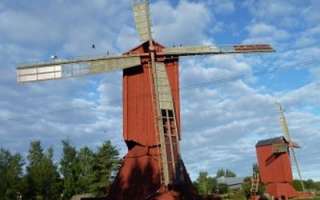
Two windmills stand on the Kvarnbacken hill as monuments to past centuries and bygone peasant community. Storkvarnen, the big mill, is one of the largest windmills in Finland.
Storkvarnen, the big mill, was built in the 1840s, and it still stands on its original site by the sea and its fresh winds. The mill was built by Isak, Karl and Johan Ingels. The wings of the mill are 19,5 metres long and the mill stretches up to 22 metres measured from the ground to the upper tip of the wing. Storkvarnen is the largest functioning mill in Finland. The smaller mill of Kvarnbacken was built at the end of the 19th century. The mills have been restored, and they both function. There were originally five mills on the hill and twelve minor mills in the whole village. The mills of Kvarnbacken are activated every year during the summer festivities, and they grind flour. The ground of the mill is a large tree trunk, which together with big logs and stones functions as the foundation. There is also a loft, a barn, a hut and a smoke sauna on the Kvarnbacken hill.
-
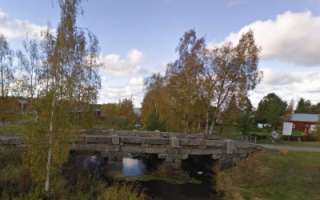
An old stonde bridge built in 1898.
-
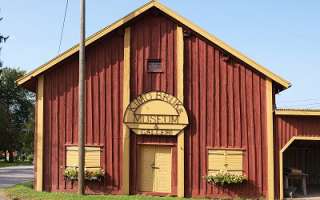
The Kimo Ironworks is the only ironworks museum in Ostrobothnia. The three hundred years old art of forgery is being taught here by one generation to the next with the help of courses and all-day presentations. In the beautiful leafy landscape of dams, rapids and bridges one can explore epochs in history among the 18th century buildings, such as an ironworks estate, a steeple and the ruins of a tilt smithy.
The museum is located in an iron magazine dating back to 1763. On display there are scale models of the 18th century Kimo ironworks and hammer smithy, atmospheric pictures depicting work on the ironworks, and diverse items and tools associated with processing of iron, such as a smith’s diploma from the Bergskollegiet school in Stockholm, and tomb crosses forged by smiths, including also their own ones.
+358 40 045 5080
info@kimobruk.fi
-
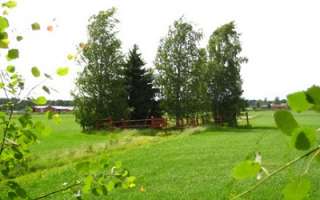
The site colloquially known as Leväluhta sacrificial spring is an internationally significant water burial ground from the Iron Age, where bones from nearly a hundred individuals have been found. According to studies, the burial ground was used between the years 300 – 800 AD.
Over its thousand-year existence, Leväluhta’s shape has changed as a result of land uplift effects. Leväluhta is one of Finland’s most famous archaeological sites and it holds international importance.
Burying in water was also rare during the Iron Age; cremation of the dead was the prevailing tradition. The reasons for the submersion in Leväluhta are unknown. Even with today’s research, the entire history of Leväluhta is not known. The bones found in the water grave are unusually well-preserved because they have been submerged in oxygen-free clay.
Over the centuries, the spring that bubbles red in the spring has sparked people’s imagination, and one can only guess what was thought of it during the Iron Age. The mysteries persist, and the site changes as the land rises. Will the true knowledge of the past emerge?
https://isokyro.fi/vapaa-aika-ja-matkailu/matkailija/historia-ja-kulttuuri/levaluhdan-vesikalmisto/
-
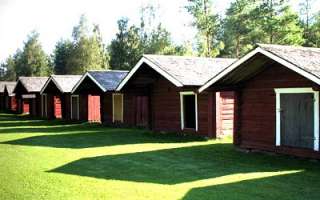
It happens sometimes that first time visitors to Närpes get a wide eye surprise when they go past the church right outside of the downtown core. Rows and rows of small, red, windowless buildings, app. 150 in total, can be seen there. These are the unique church stables. They were used in the old days for housing horses during the church service. The stables were built for the horses and the long protruding roofs were intended to offer protection for sleighs and buggies.
The oldest preserved church stables stem from the end of the 18th century, but some were built in the beginning of the 20th century. At the most 400 stables were once in use. Nowadays you can walk freely around the area of the church stables, but those who want to know more can also book a guide.
-
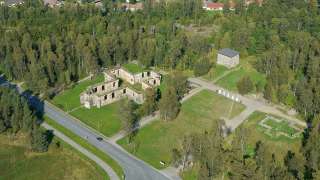
Old Vaasa (Finnish Vanha Vaasa, Swedish Gamla Vasa), is situated approximately 7 km southeast of Vaasa city centre and is classified as a valuable landscape area of national significance. Vanha Vaasa is an area with much to offer, embodying sights and attractions reflecting culture, ancient history, settlement and natural beauty.
The history of Vaasa can be traced to the early 14th century when sailors from Norrland landed on a forested island at the site of Old Vaasa. In the 1370’s Korsholm Castle was already being built on the spot. After the last ice age the land has been continuously rising in these parts of Finland. At the time Korsholm Castle was built, the area between Old Vaasa and the present town was under water and the coastline was further inland compared to the current one. Even as late as about 200 years ago ships sailed to Vaasa along the channel that now, almost filled in, meanders across fields.
On a hot August morning in 1852 a disastrous fire broke out in Vaasa. The houses had either thatch or bark roofs and buildings were separated only by narrow gaps. By nightfall the flourishing town had turned into smoking ruins.
Vaasa was rebuilt some seven kilometers closer to the coast. The relocation provided better prospects for trade and a better harbour as well as a safer and more modern town plan. The legal town status of Vaasa was moved to new Vaasa in 1862. By the 1880’s, the construction of the Vaasa railroad had begun and a station building was erected in Old Vaasa. However, the area did not begin repopulating until the 1920’s.
Read more about the history of Old Vaasa.
-
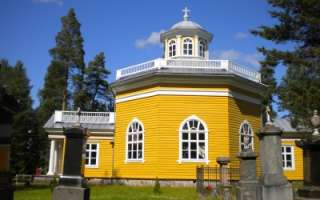
Orisberg church is one of the few private churches in Finland. The Church, designed by architect Carl Ludvig Engel, was inaugurated in 1831.
+358 40 511 9599
orisberg@sana.fi
https://www.kansanraamattuseura.fi/sinulle/loma-_ja_kurssikeskukset/kesakeskukset/orisberg_-_isokyro
-
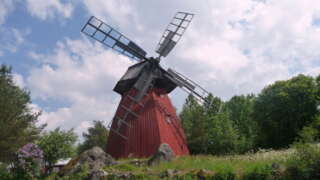
This windmill was constructed in the early years of the 19th century, when the Söderfjärden plain was still covered by water. The year 1809 is cut into the wood in the mill and is likely to be the year when it was built.
Mr Isak Jakobsson Schöring (1759-1833) was the farmer that owned the land where it was built. According to tradition, a sailor, Skata Johan, was the architect. He had sailed many years as the ship’s carpenter and most likely also visited Holland, while the mill is built in the Dutch style.
This kind of a windmill is unique in Finland. The mill was used for about one hundred years for grinding meal and planing wood to small, slim pieces, used for covering roofs. The mill was not used after 1910 and was without wings until 1991, when the association Bygdeföreningen renovated it.
Groups wishing to be guided in the mill can book via Meteorian’s online booking. If so, record this in the box of the online form: “Questions and wishes”
info@sundom.fi
-
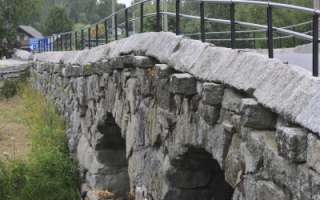
The stone bridge at Toby is the second oldest stone bridge still in use in Finland. With its twin arches, its 85 m length and 5,5 m width, it is a fine example of the bridge-building techniques of the 18th century.
-
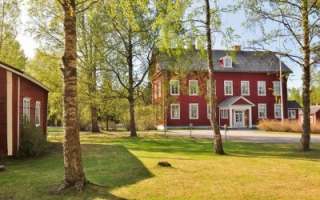
Tottesund Mansion is a beautiful and historical location which is a great fit for different events. The atmosphere and the closeness to nature makes your stay memorable. The traditions of Tottesund Mansion go all the way back to the 17th century. Earlier it has been used as an estate for military officers, and today it is used as an office building. There’s a possibility for quided tours in July.
Connected to the Tottesund Mansion is Herrgårdsleden (the mansion trail), an approximately 4 km long hiking trail along which there are several picnic areas, as well as a barbeque hut with a fireplace. A walk close to water.
In the mansion there are several exhibitions: the Jäger Movement, the weapons smuggling with Equity, Sibelius wedding, a miniature of the area in the middle of the 1800s among others.
The Tottesund Mansion can be booked for groups (min. 10 people), weddings, birthday parties, graduations parties, course days, field days, and more.
We offer coffee with cake, meals, recreational activities, and guided tours. We customize your experience according to your wishes.
Our own activities during the year are e.g., mansion brunches, historical dinners, theatres, ghost walks, family days, guided tours. Follow us on social media.
Only a 30-minute drive from Vaasa.
+358 40 1896 882
info@klemets.fi
-
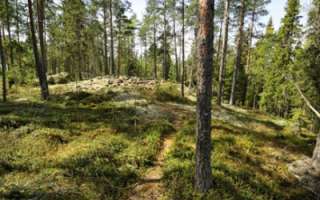
The bronze age cairn cemetery of Tuomaanmäki is located approximately 7 kilometers southwest of the center of Isokyrö, south of Tervaneva, on a wooded and rocky hill area. On the northwest edge of this area, there are six cairns along a distance of about 200 meters. The cairns have diameters of 5-10 meters, and remnants of a stone cist structure are still visible in one of them. Over time, the cairns have been excavated and stones have been removed.
-
